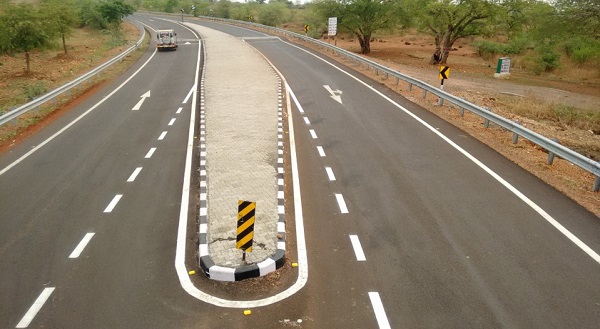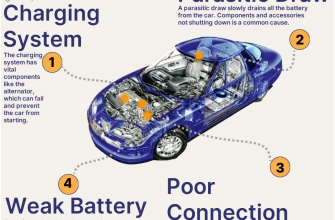Road medians serve as essential components of modern transportation infrastructure. They not only enhance the aesthetics of roadways but also play a crucial role in traffic management, safety, and environmental protection. This article explores the various types of road medians, their functions, and their significance in urban and rural settings.
1. Understanding Road Medians
A road median is a physical barrier or space that separates opposing lanes of traffic. Medians can be found on highways, urban roads, and rural routes, and they vary widely in design, materials, and functionality. Understanding the types of medians is critical for urban planners, civil engineers, and everyday drivers alike.
2. Types of Road Medians
-
2.1. Painted Medians
Painted medians are the simplest form of median, often marked by painted lines on the road surface. They are typically used in urban areas where space is limited and can guide traffic without the need for physical barriers. While they are cost-effective, painted medians may not provide sufficient separation in high-speed environments.
-
2.2. Raised Medians
Raised medians are elevated sections of roadway that physically separate traffic lanes. They are often landscaped with grass, flowers, or shrubs, enhancing visual appeal. These medians improve safety by preventing vehicles from crossing into oncoming traffic and can also serve as a refuge for pedestrians crossing wide roads.
-
2;3. Concrete Medians
Concrete medians are durable and robust barriers that can withstand significant impact from vehicles. They are commonly used on highways and busy roads where higher speeds are prevalent. Concrete medians can be designed with various shapes, including vertical walls or sloped designs, to effectively redirect traffic and enhance safety.
-
2.4. Grass Medians
Grass medians combine aesthetics with functionality. These medians are often wide and landscaped to include grass and foliage, which can absorb rainwater and reduce runoff. Grass medians are common in suburban areas where they provide a natural buffer between traffic and residential properties.
-
2.5. Barrier Medians
Barrier medians are designed to prevent vehicles from crossing into oncoming traffic. They can be constructed from various materials, including concrete, steel, or plastic. These medians are particularly effective in reducing head-on collisions on highways and are often equipped with crash barriers for added protection.
-
2.6. Decorative Medians
Decorative medians are specifically designed for aesthetic purposes. They often include artistic elements, sculptures, or unique landscaping features that enhance the visual appeal of a roadway. While these medians primarily serve a decorative function, they can also provide some level of traffic separation.
3. Functions of Road Medians
The primary functions of road medians include:
- Traffic Control: Medians help guide vehicles and reduce the likelihood of accidents by clearly delineating lanes.
- Pedestrian Safety: Medians provide safe crossing points for pedestrians, especially on wide roads.
- Environmental Benefits: Landscaped medians can improve air quality and promote biodiversity.
- Aesthetic Improvement: Well-designed medians enhance the visual appeal of roadways, contributing to community pride.
4. Conclusion
Road medians are a vital aspect of transportation infrastructure that contribute to safety, functionality, and beauty. Understanding the various types of medians and their specific roles can help urban planners, engineers, and policymakers make informed decisions about road design and traffic management. As cities continue to evolve, the thoughtful integration of road medians will remain essential for creating safer and more attractive roadways.
5. Additional Considerations
When designing or planning road medians, several factors should be considered, including:
- The volume and speed of traffic
- Pedestrian and cyclist needs
- Environmental impact and maintenance requirements
- Community preferences and aesthetic considerations
Incorporating these considerations will ensure that road medians fulfill their intended purposes while contributing positively to the urban landscape.










I found the section on raised medians particularly interesting. It
I had no idea that grass medians could serve both aesthetic and functional purposes. This article opened my eyes to the benefits of thoughtful roadway design.
Excellent article! The balance between safety and environmental protection is well articulated. It’s great to see such important infrastructure being discussed in detail.
The explanation of different types of road medians was very informative. I appreciate how it highlights their importance in urban planning. A must-read for anyone interested in transportation!
This article provides a comprehensive overview of road medians! I never realized how crucial they are for traffic safety and aesthetics. Great read!